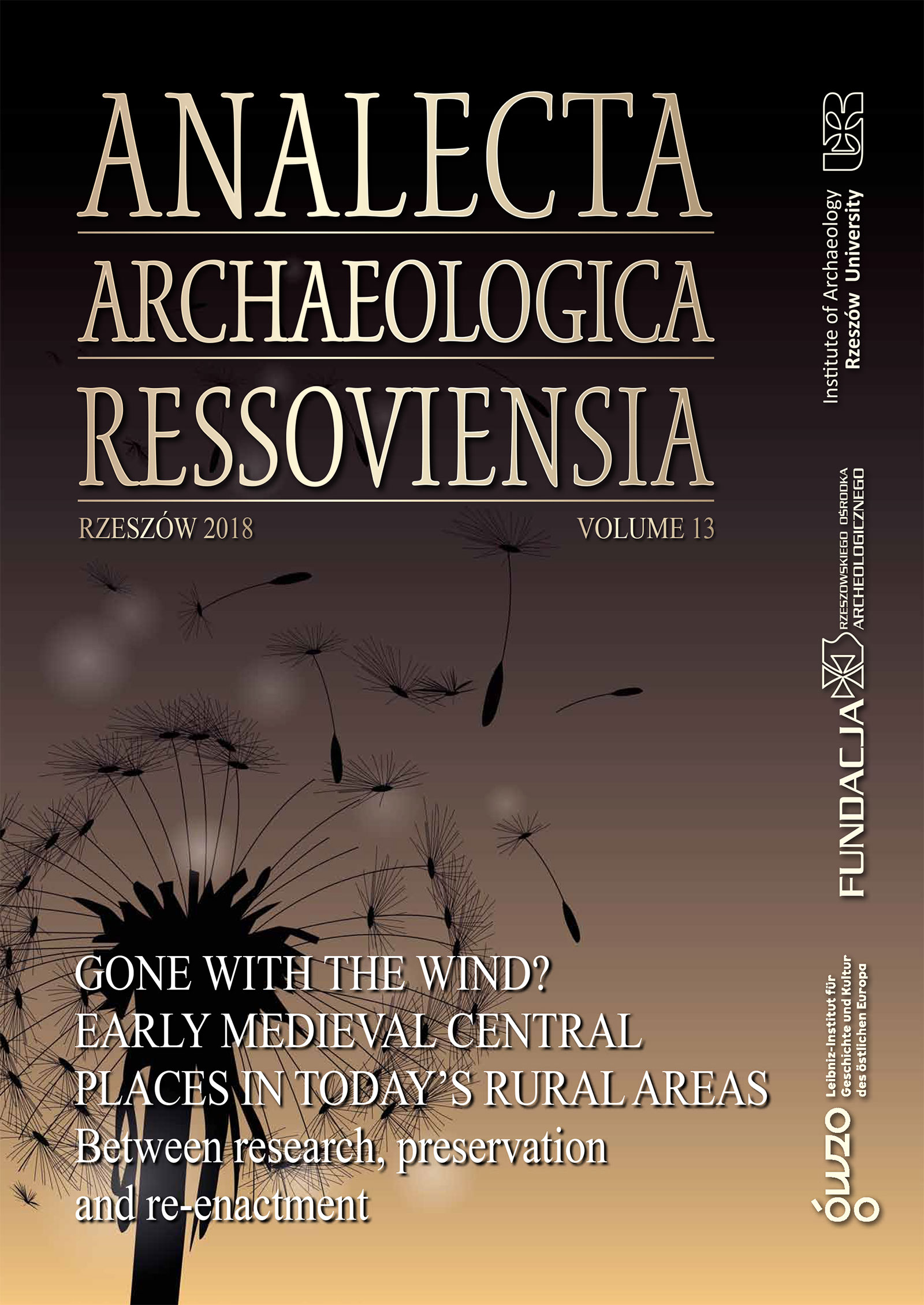Reconstruction and Making Archaeological Sites Available to the Public – the Case of the Early Medieval Sites in Nitra and Bojná
DOI:
https://doi.org/10.15584/anarres.2018.13.9Keywords:
early medieval hillforts, revitalisation, open-air museum, virtual reconstruction, popularisationAbstract
Great Moravian monuments have attracted special attention of both professionals and laypeople for a long time. In this paper we focus on only two of the Great Moravian sites studied at the Institute of Archaeology, Slovak Academy of Sciences (IA SAS). One of the locations is Nitra, the former seat of Great Moravian dukes and Hungarian kings founded in 828. In the 9th century, the town was a large political and cultural centre. Relics from this period (such as remains of fortifications and sacral buildings) can be found on the castle hill and in the area of old military barracks situated in the foothills of Zobor. Unfortunately, some of the relics have been irreversibly lost due to the intense growth of the city and related construction activities. The second site is Bojná, with an agglomeration of five earth fortifications. The most significant of these is a twelve-hectare hillfort of Valy, where we have reconstructed or marked the most interesting historical constructions in situ. Here, visitors can see reconstructions of one of the gates, fragments of the impressive fortifications, and dwellings located inside the hillfort. In the village centre, they can also visit an archaeological museum. Each year, thanks to successful cooperation with local communities and representatives of municipalities, the sites and their history are revived during Nitra Days or the St. Cyril and Methodius Day.

